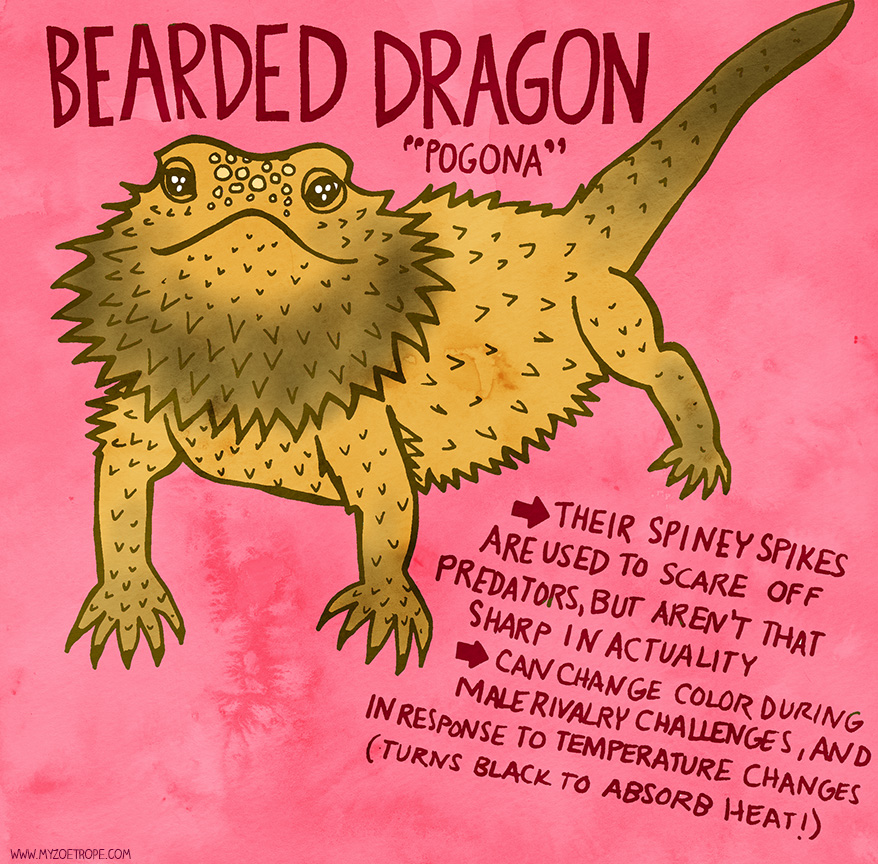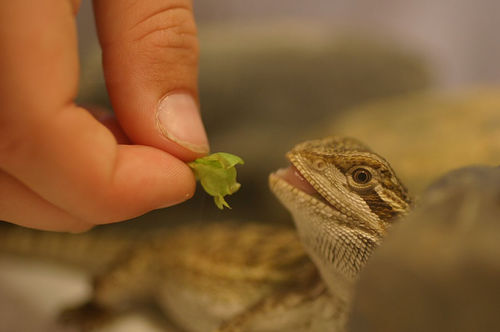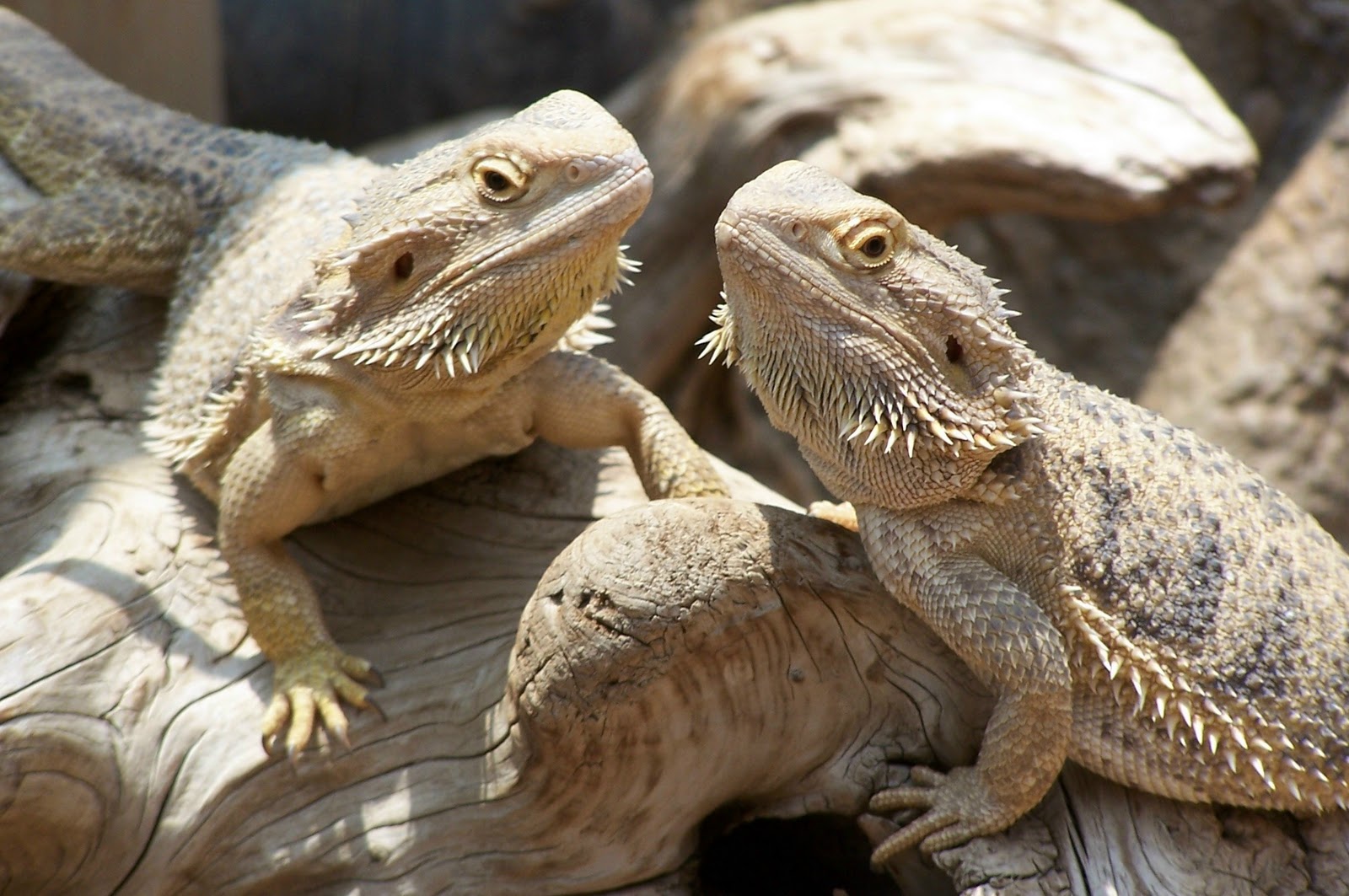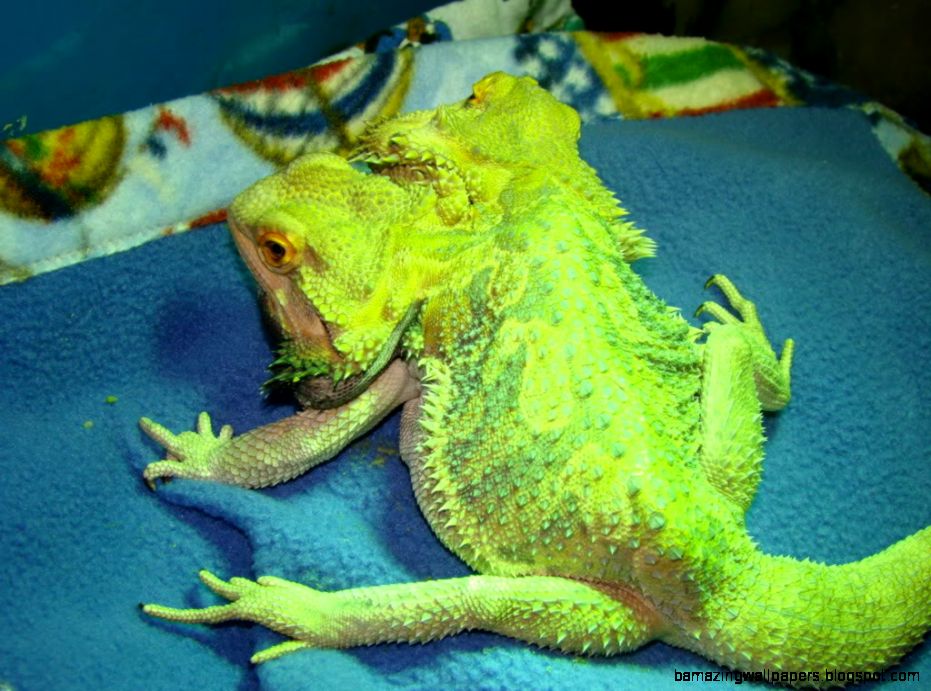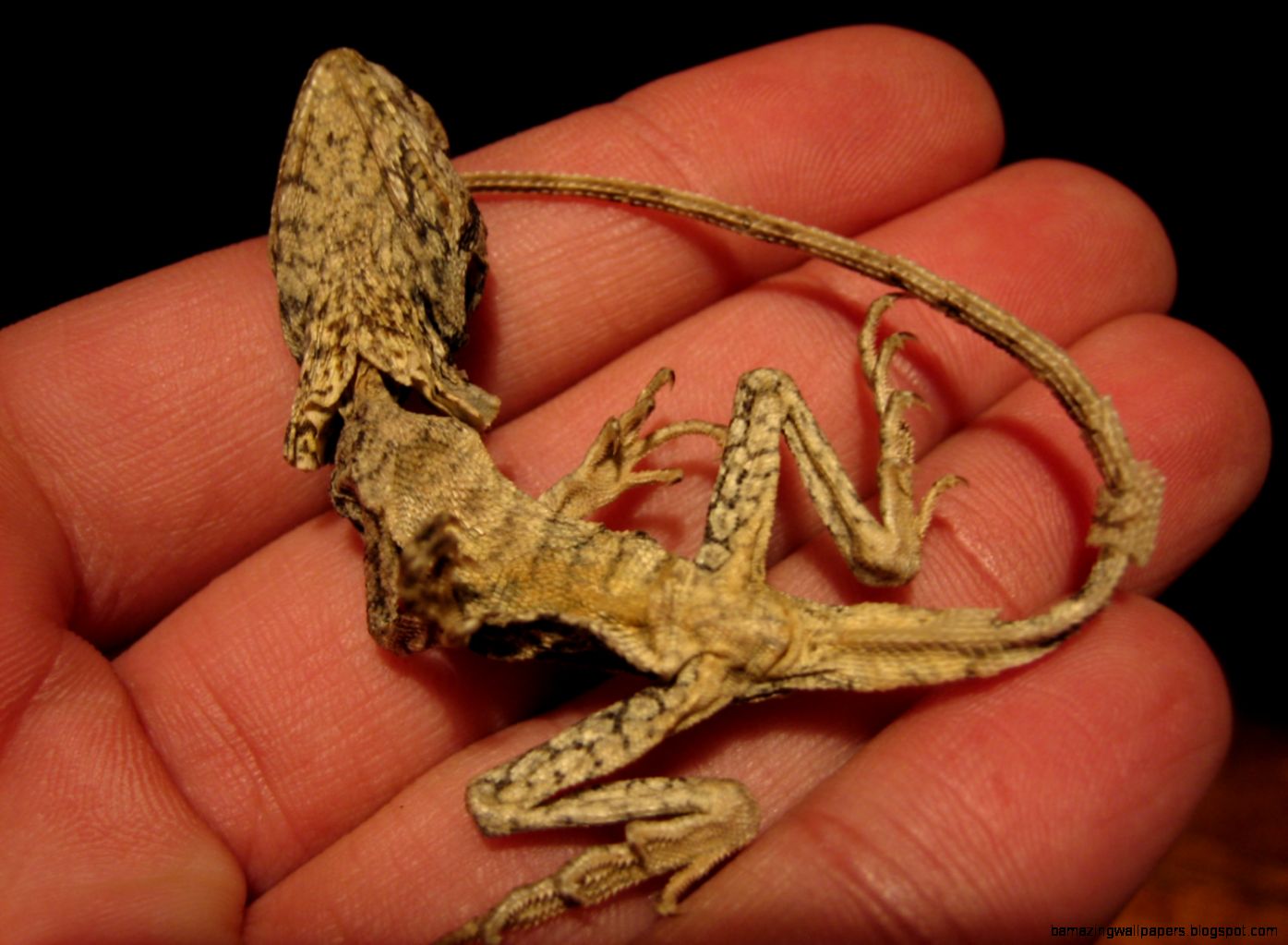The Ultimate Bearded Dragon Weight Chart: How to Monitor Your Pet's Health
The Ultimate Bearded Dragon Weight Chart: How to Monitor Your Pet’s Health
Bearded dragons are a popular pet for a reason. They’re friendly, easy to care for, and make great companions. However, like all pets, bearded dragons require proper care and attention to maintain their health. One of the most important aspects of caring for your bearded dragon is monitoring their weight. In this article, we’ll discuss everything you need to know about bearded dragon weight, including how to use a bearded dragon weight chart to keep track of your pet’s health.
Understanding Bearded Dragon Weight
Before we dive into the details of bearded dragon weight charts, let’s take a moment to understand why weight is such an important indicator of your pet’s health. As with humans, a bearded dragon’s weight can help to identify potential health issues. Changes in weight can indicate a variety of health problems, from nutritional deficiencies to infections. Additionally, keeping track of your bearded dragon’s weight can help you to identify potential problems early on, before they become more serious.
Understanding what a healthy weight range looks like for your bearded dragon is an important first step in monitoring your pet’s health. A healthy adult bearded dragon should generally weigh between 350 and 600 grams. Baby bearded dragons, on the other hand, will weigh significantly less than this range, usually between 10 and 20 grams. However, it’s important to note that the exact weight range will vary slightly based on factors like age, sex, and size.
How to Use a Bearded Dragon Weight Chart
Now that you understand why monitoring your bearded dragon’s weight is so important, let’s talk about how to use a bearded dragon weight chart to keep track of your pet’s health. A weight chart is a simple tool that can help you to track your bearded dragon’s weight over time, making it easy to identify changes in weight and spot potential health problems early on. Here’s how to create and use a bearded dragon weight chart:
Step 1: Measure your Bearded Dragon’s Weight
The first step in creating a bearded dragon weight chart is to measure your pet’s weight. The easiest way to do this is with a digital scale. Simply weigh your bearded dragon on the scale and record the weight in grams. It’s important to weigh your bearded dragon consistently, preferably at the same time of day and under similar conditions each time. This will help to ensure accurate readings and make it easier to track changes in weight over time.
Step 2: Record the Weight
Once you’ve measured your bearded dragon’s weight, it’s time to record the weight on your weight chart. Your weight chart can be as simple or as detailed as you like. Many pet owners simply record the date and weight on a piece of paper or in a spreadsheet. However, there are also several online tools and apps available that can help you to create more detailed weight charts.
Step 3: Monitor Your Bearded Dragon’s Weight
The final step is to monitor your bearded dragon’s weight over time. Ideally, you should weigh your bearded dragon once a week or every other week to keep track of any changes in weight. As you record your bearded dragon’s weight over time, you’ll start to see trends and be able to identify any potential health problems early on.
Factors That Affect Bearded Dragon Weight
While a bearded dragon weight chart can be a useful tool for monitoring your pet’s health, it’s important to understand that there are several factors that can affect your bearded dragon’s weight. Here are a few of the most important factors to keep in mind:
Age
Young bearded dragons will naturally weigh less than adult bearded dragons. As your bearded dragon grows and matures, their weight will increase accordingly. This means that the weight range for a healthy baby bearded dragon will be different from the weight range for a healthy adult bearded dragon.
Sex
Male and female bearded dragons can have slightly different weight ranges. Generally, male bearded dragons will weigh slightly less than females of the same age and size. This is due to differences in their metabolism and reproductive system.
Activity Level
Bearded dragons that are more active will burn more calories and may weigh slightly less than less active bearded dragons of the same age and size. Similarly, bearded dragons that are overfed and don’t get enough exercise may be overweight or obese.
Tips for Maintaining a Healthy Bearded Dragon Weight
In addition to monitoring your bearded dragon’s weight, there are several things you can do to help your pet maintain a healthy weight:
Feed a Balanced Diet
One of the most important things you can do to maintain your bearded dragon’s weight is to provide a balanced diet. Bearded dragons are omnivores, which means they require a mix of animal protein and plant matter to stay healthy. Commercial bearded dragon pellets can be a good source of nutrition, but they should be supplemented with fresh fruits and vegetables as well as live insects.
Provide Regular Exercise
Bearded dragons require regular exercise to maintain a healthy weight. Providing opportunities for your pet to climb, explore, and forage can help to keep them active and prevent obesity. Additionally, be sure to provide plenty of space for your bearded dragon to move around in their enclosure.
Monitor Temperature and Lighting
Bearded dragons require specific temperature and lighting conditions to stay healthy. Be sure to provide a basking spot with a temperature of 95-100°F, as well as a cooler side of the enclosure with a temperature of around 80°F. Additionally, bearded dragons require UVB lighting to aid in calcium absorption and prevent metabolic bone disease.
Conclusion
Keeping track of your bearded dragon’s weight is an important part of maintaining their health. By monitoring your pet’s weight with a bearded dragon weight chart, you can identify potential health problems early on and help your pet maintain a healthy weight. Additionally, providing a balanced diet, regular exercise, and proper temperature and lighting conditions can help to keep your bearded dragon healthy and happy for years to come.

